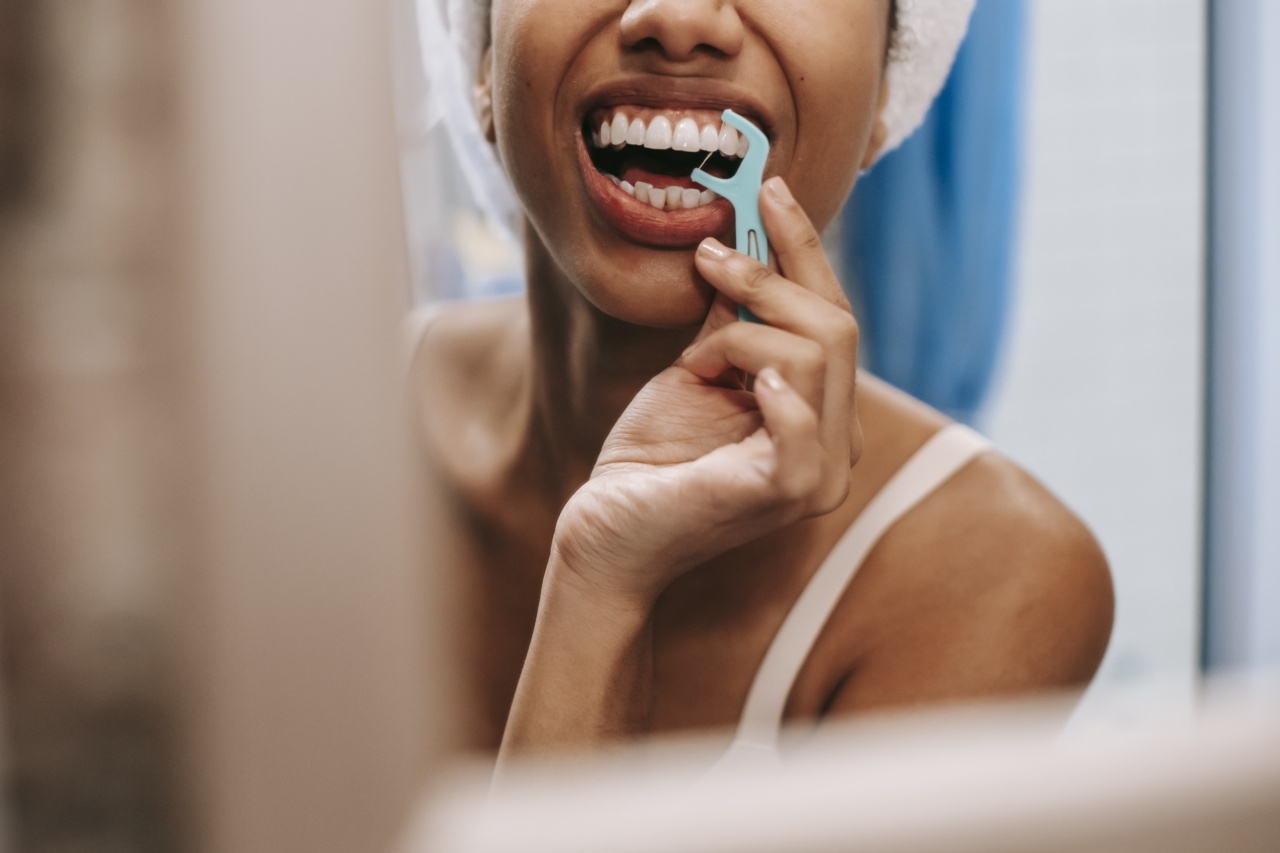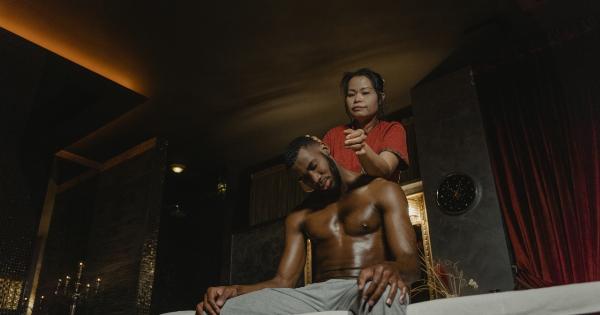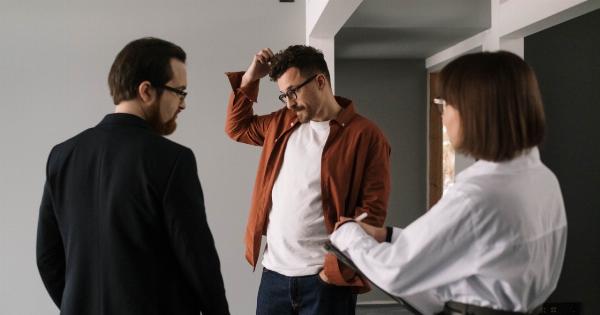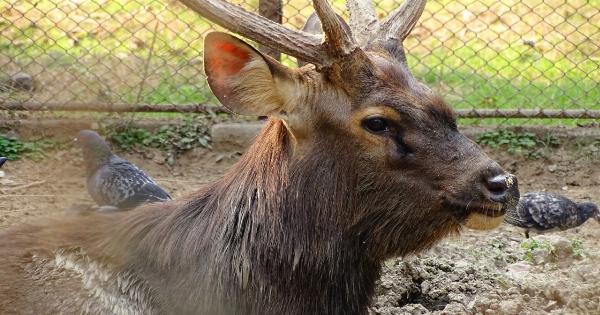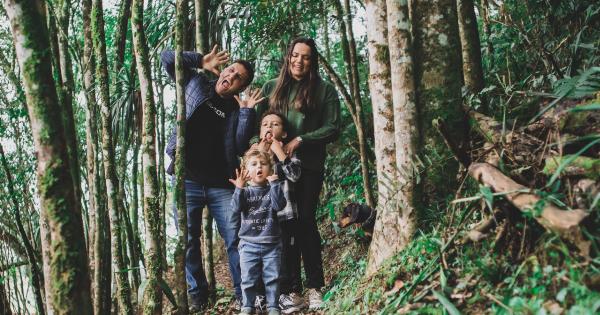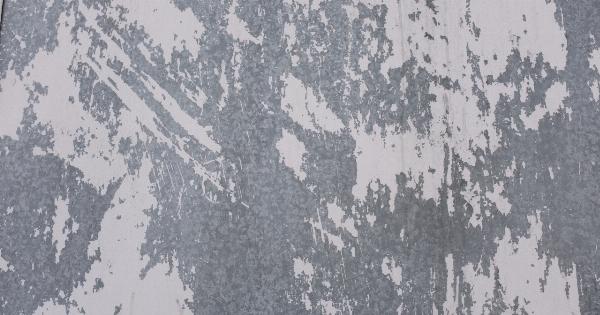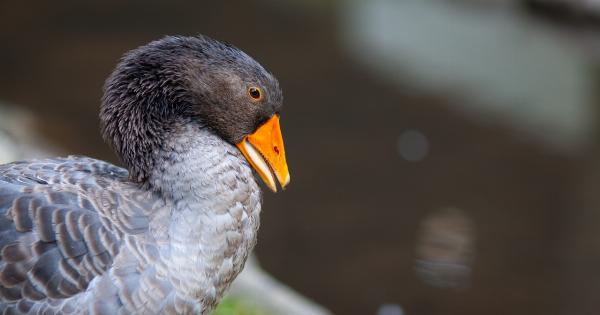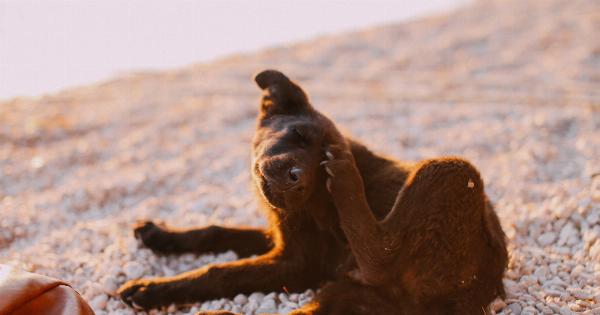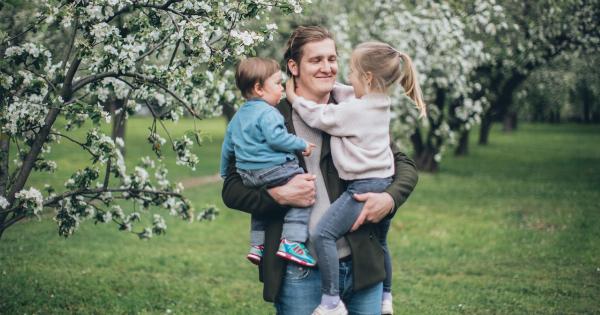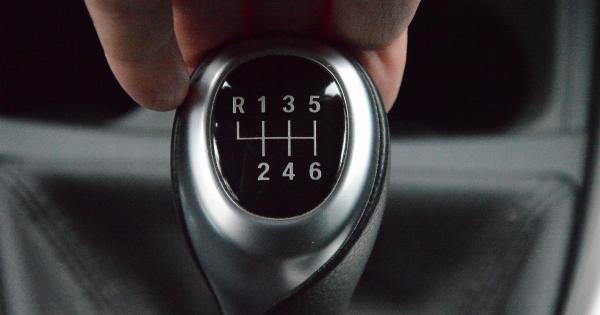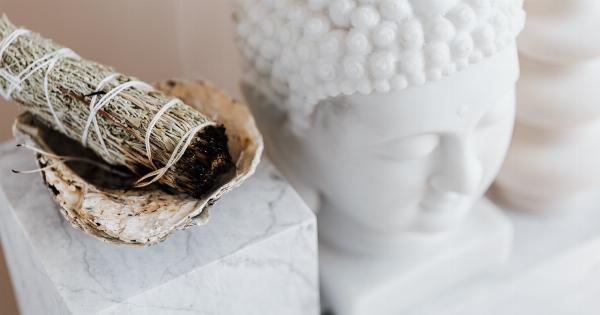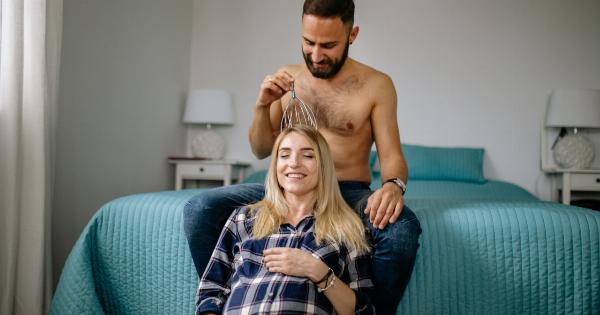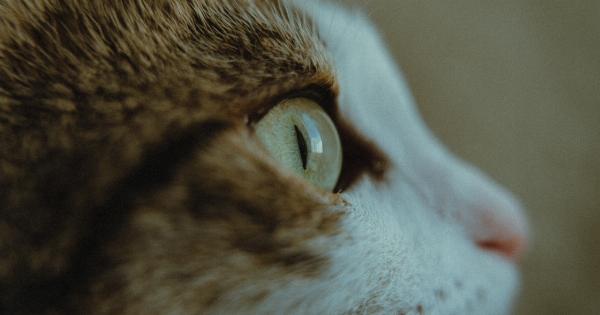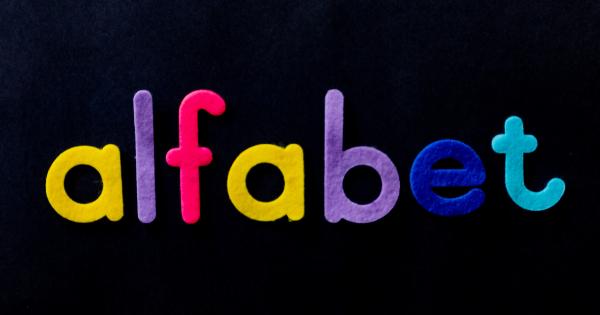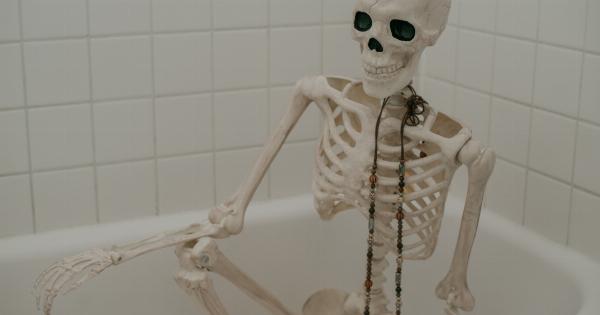Head lice (Pediculus humanus capitis) are tiny insects that live on the human scalp and hair. They are most commonly found in children, but anyone can get them. While not harmful, head lice are itchy and can be difficult to treat.
What are nits?
Nits are the eggs of head lice. They are tiny and can be difficult to see, but they are usually attached to the hair shaft close to the scalp. Nits can be yellow, brown, or white in color.
How do you get head lice?
Head lice are spread by close contact with someone who already has them, or by sharing personal items like combs, brushes, hats, or headphones. Head lice cannot fly or jump, so they are only spread by direct contact.
What are the symptoms of head lice?
The main symptom of head lice is itchiness of the scalp and neck. You may also see small red bumps or sores on the scalp, behind the ears, or on the neck. Nits may also be visible in the hair close to the scalp.
How do you treat head lice?
There are several methods for treating head lice:.
1. Over-the-counter (OTC) treatments
OTC treatments usually contain a chemical called permethrin, which kills head lice. These treatments come in the form of shampoos, creams, or lotions.
Follow the instructions carefully, and repeat the treatment in 7 to 10 days to kill any new lice that may have hatched from remaining nits.
2. Prescription treatments
If OTC treatments are not effective, your doctor may prescribe a stronger medication, such as ivermectin or malathion, to kill the head lice.
3. Manual removal
You can also manually remove the head lice and nits using a special comb designed for this purpose, such as a nit comb or a lice comb. This method may take longer, but it is effective and does not involve the use of chemicals.
How can you prevent head lice?
While there is no guaranteed way to prevent head lice, there are some things you can do to reduce your risk of getting them:.
1. Avoid sharing personal items
Avoid sharing combs, brushes, hats, headphones, and other personal items that may come into contact with the hair.
2. Keep long hair tied back
Keeping long hair tied back may help reduce your risk of getting head lice, as it is harder for the lice to crawl onto the hair.
3. Regularly check for head lice
Regularly check your child’s hair for head lice, especially if they have been in close contact with someone who already has them.
Conclusion
Head lice are a common problem, especially in children. While they are not harmful, they can be itchy and difficult to treat. There are several methods for treating head lice, including OTC treatments, prescription medications, and manual removal.
By taking steps to prevent head lice, you can reduce your risk of getting them.
